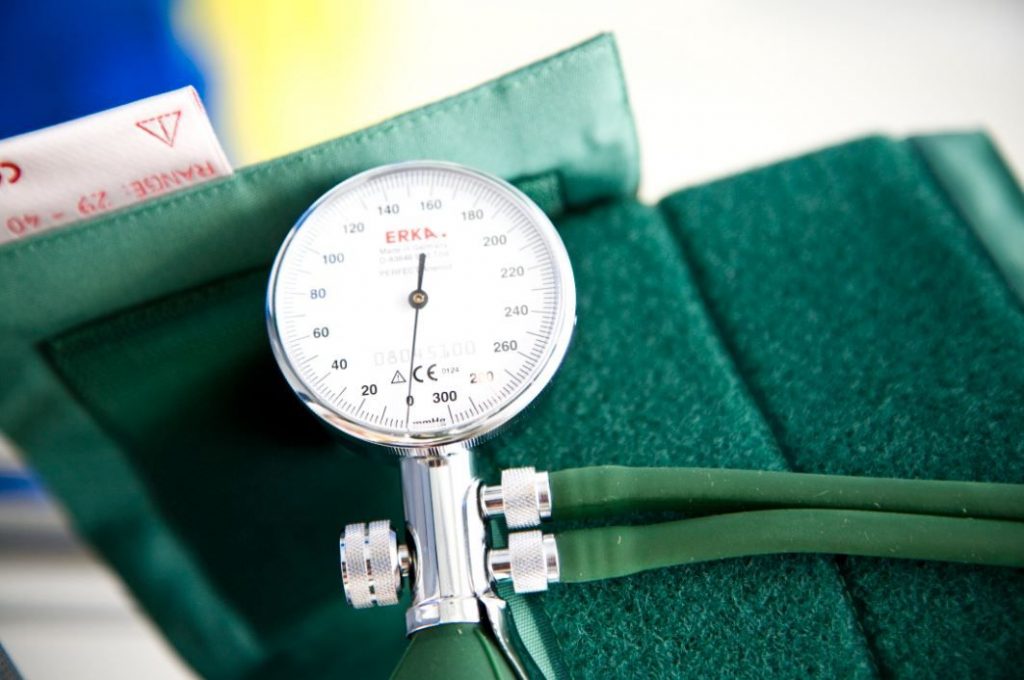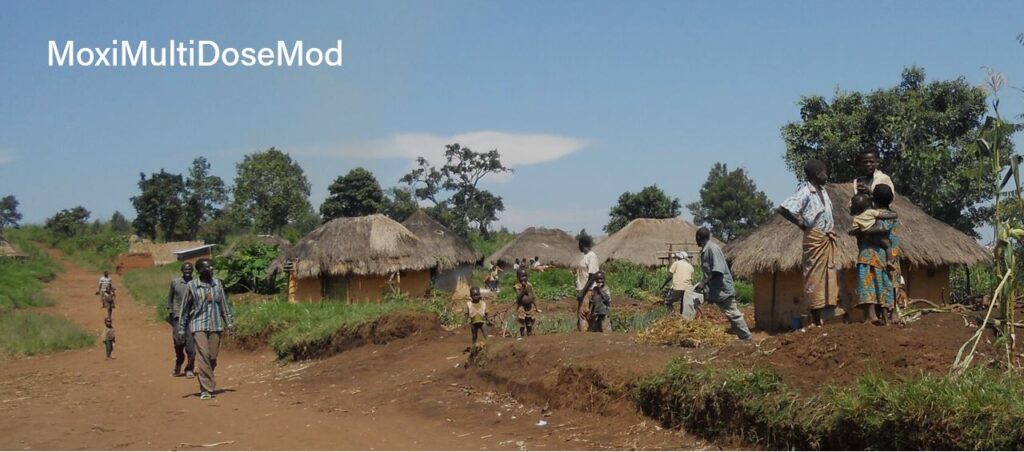News
Hypertension: a worldwide analysis of diagnosis, treatment and control

LIH contributes to shedding light on worldwide hypertension state
Researchers from the LIH Department of Population Health (DoPH) – namely Dr Ala’a Alkerwi and Dr Maria Ruiz-Castell – Gwenaëlle Le Coroller from the LIH Competence Center for Methodology and Statistics (CCMS) and Prof Laetitia Huiart contributed to a collective study on hypertension with data from the national population-based studies “ORISCAV-LUX” (Observation des Risques et de la Santé Cardiovasculaire au Luxembourg) and “EHESLUX” (European Health Examination Survey in Luxembourg). This research, led by Imperial College London in the framework of the international Non-Communicable Diseases Risk Factor Collaboration (NCD-RisC), aimed to understand whether improvements in hypertension detection, treatment and control have been achieved between 1990 and 2019. Available data on this matter are often subject to methodological differences, making it difficult to compare such aspects among multiple countries. Thus, this study aimed to deliver consistent, solid and comparable data on a national, regional and global level. The results were published in August 2021 in the notorious journal The Lancet.
Hypertension is diagnosed when systolic and diastolic blood pressure are equal to or above 140mm Hg and 90mm Hg, respectively. Over 8.5 million deaths worldwide are estimated to be linked to hypertension, being a direct cause of pathologies such as stroke, ischaemic heart disease, and other vascular and renal diseases. However, hypertension can be easily detected in the community and primary care facilities, and several effective low-cost treatments are available, reducing the risk of its most severe consequences.
“No comparable global data exist to assess which countries have high versus low rates of detection, treatment, and control, and how these measures have changed over time. To our knowledge, this study is the first comprehensive global analysis of trends in hypertension prevalence, detection, treatment, and control that covers various countries worldwide. Beyond this, the strength of the study lies in the rigorous process of data selection and the statistical methods which were designed to analyse trends in hypertension treatment”, explains Dr. Ala’a Alkerwi.
Global hypertension prevalence stable despite doubling numbers
NCD-RisC took into consideration over 1,200 studies assessing the state of hypertension in a total of 184 countries. The analysis revealed that the global age-standardised prevalence of hypertension in adults (30-79 years) remained stable between 1990 (32% for women and men) and 2019 (32% for women and 34% for men). In 2019, the lowest prevalence of hypertension (less than 24% for women and less than 25% for men) was registered in Canada and Peru, in women from Japan, Taiwan and South Korea, and in men from some low- and middle-income countries, such as Papua New Guinea and Cambodia. By contrast, the highest prevalence of hypertension was registered in central and eastern Europe, central Asia, Oceania, southern Africa, and some countries in Latin America and the Caribbean.
Globally 41% of women and 51% of men had not been diagnosed as hypertensive in 2019. In this scenario, high-income countries were the most efficient to diagnose hypertension both in women (above 70%) and in men (above 60%). For instance, between 27% and 34% of women and men in high-income western and Asia-Pacific regions were not aware of their hypertension condition. In contrast, the percentage of women (50-60%) and men (nearly 70%) with undiscovered hypertension was the highest in middle- and low-income countries, such as sub-Saharan Africa and Oceania.
In 2019, worldwide treatment rate was 47% for women and 38% for men. Given that generally less than 50% of treated patients successfully achieved hypertension control, global control rate for women and men was consequently around 23% and 18%, respectively. In high-income western and Asia-Pacific regions, the percentage of untreated patient was below 15%, with a hypertension control above 30% for both genders. Interestingly, South Korea, Canada and Iceland had the highest percentage of treatment (above 70%) and control rates (above 50%). On the other hand, within the low- and middle-income countries, treatment rate in sub-Saharan Africa and Oceania was below 30% and, by consequence, control rate remained below 13%.
“Our novel comprehensive analysis of hypertension prevalence and care has shown that since 1990 the number of people with hypertension worldwide has doubled, with most of the increase occurring in low-income and middle-income regions”, continues Dr. Ruiz Castell. “Nevertheless, our results also suggest that the prevention of hypertension and enhancement of its detection, treatment, and control is progressing in high-income countries, and can be improved in low-income and middle-income nations with efforts in health education, health workforce training and a performant drug procurement and distribution system”, she adds.
Even out the differences
Based on NCD-RisC’s data, the major differences in hypertension detection, treatment and control between the different countries could be evened out by considering essential indirect causes. Improved hypertension detection in high-income countries is principally due to better contact with healthcare services (e.g. more frequent measurement of blood pressure) and in general a more developed and affordable health-care system. To also improve the condition in other countries, training non-physician health workers to deal with non-communicable diseases (e.g. blood pressure measurement), establishing health screening appointments and introducing a universal health insurance might be feasible solutions. These initiatives could help improve hypertension treatment and control. Early detection and treatment of elevated hypertension could prevent late severe complications. However, for this strategy to succeed, it should be combined with a decrease in price and increase in availability of the most frequently used antihypertensive drugs. Finally, the promotion of balanced dietary habits and healthy lifestyles in middle- and low-income countries – and improving their affordability and accessibility to those with more limited resources even in high-income countries − would help to reduce hypertension prevalence and improve its control. For instance, in countries such as Finland, reduction of salt intake through a combination of fiscal, regulatory and social interventions helped control hypertension prevalence in the population. Furthermore, in high-income countries, an increased availability and consumption of fruits and vegetables could also be partially associated with the progressive decline of hypertension in these last three decades. Interestingly, many of these initiatives are already in place. Some countries, such as Canada, Costa Rica, South Korea, and Taiwan, have achieved low hypertension prevalence or high control through both improved prevention and enhanced treatment at every stage of the process.
Altogether, this study will allow to reinforce evidence-based hypertension guidelines and ensure that they are up to date and adapted to the country contexts
concludes Dr. Alkerwi.
LThe study was published with the full title “Worldwide trends in hypertension prevalence and progress in treatment and control from 1990 to 2019: a pooled analysis of 1201 population-representative studies with 104 million participants”.





